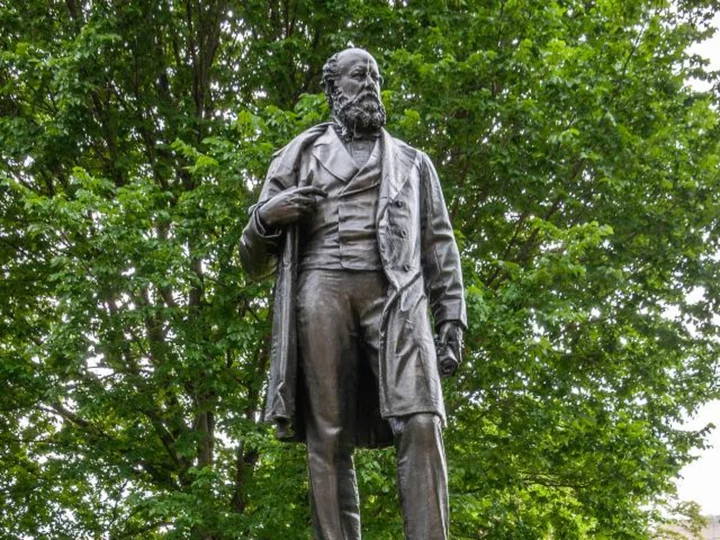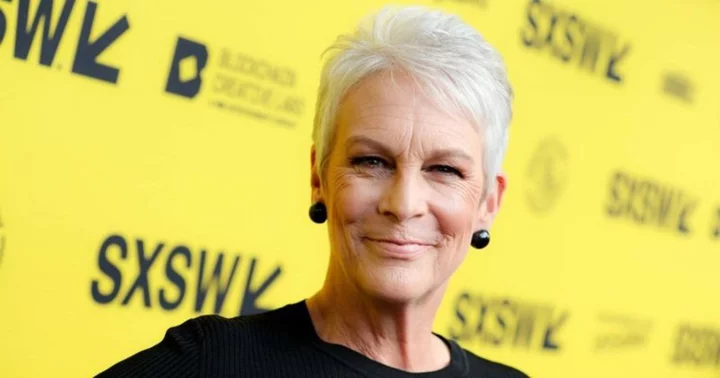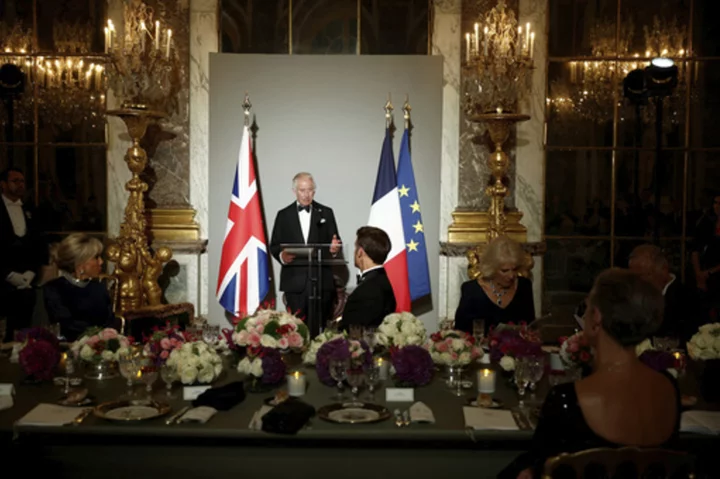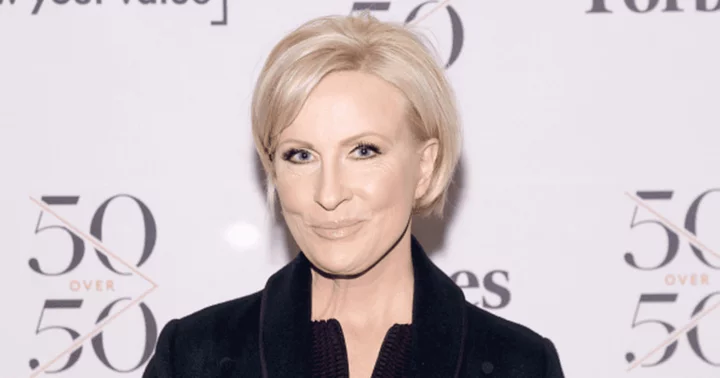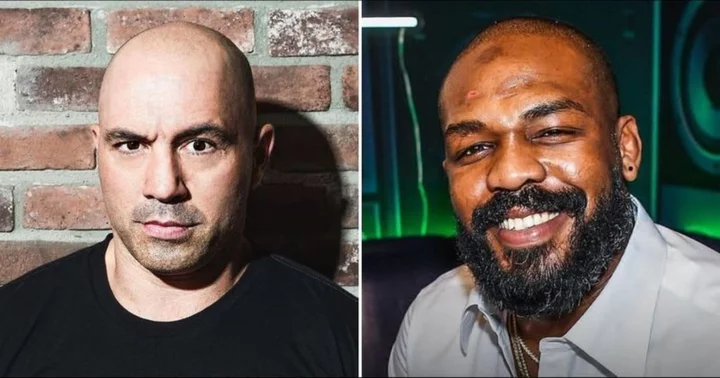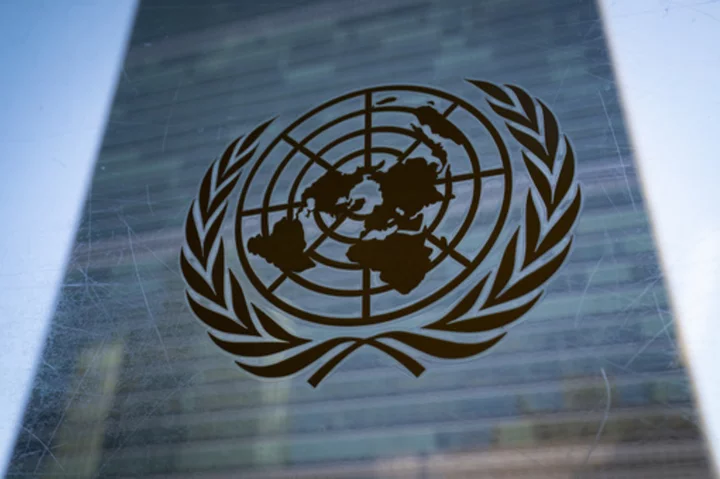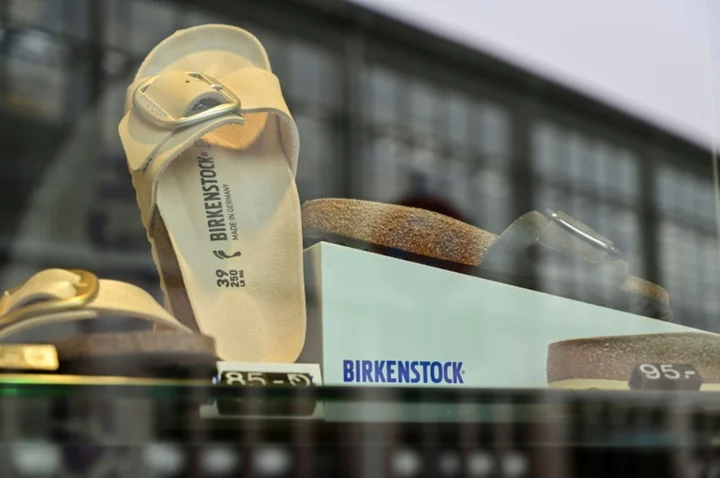A city council in Australia has voted to remove a statue of William Crowther, a former premier of the state of Tasmania, who decapitated the body of an Aboriginal man.
The statue's removal would be the first of its kind in Australia, and would advance Hobart's "standing as a welcoming and inclusive city," the council said in a statement.
Crowther, who was Tasmanian premier in 1878-79, was accused of decapitating the body of Aboriginal man William Lanne and sending his skull to the Royal College of Surgeons in London. As a result of the accusation, he was suspended from his role as an honorary medical officer at the Hobart General Hospital in March 1869.
The decapitation was tied to Crowther's involvement in the now discredited, pseudoscientific field of phrenology, which claimed that a person's intelligence and character was based on the shape and size of their skull and attempted to prove that Aboriginal people were less intelligent than White people.
Lanne was born in 1835 into what was thought to be the last Aboriginal family still living on the mainland of Tasmania before being removed to Wybalenna where Aboriginal people were taken to be "civilised and Christianised," according to the University of Tasmania.
According to information on the Hobart City Council website, he worked on whaling ships, was described as joyful and made official complaints about the conditions endured by Aboriginal people, before his death at age 34 from cholera and dysentery.
Tasmanian Aboriginal people fought for more than a century for Lanne's skull to be returned from London and it was eventually buried in Tasmania in 1991.
They also asked the council several years ago to consider the removal of Crowther's statue from its place in Franklin Square in the heart of the city as an act of reconciliation, Hobart's Lord Mayor, Anna Reynolds, said in a statement on the council's website.
"Crowther was certainly not the only person making transactions in this discredited field of 'racial science,'" Reynolds added.
"But he's the only person with hands-on involvement that has a prominent celebratory statue in Hobart's main civic square."
The council first considered removing the statue in 2018 and approved its removal last year. The planning committee passed this final vote 8-2 and the statue will now be taken down, unless appeals are lodged.
In its place, the council will commission "new interpretive elements to sit adjacent to the existing plinth," recounting the story of Crowther and Lanne, the culture at the time of Lanne's death and the story of the statue's removal.
"Deciding to relocate this statue doesn't change history," Reynolds said. "The records, books, articles, dates and stories associated with the statue will all remain unchanged. The statue itself will be cared for and I hope reinterpreted in a new location."
However, Hobart city councillor Louise Elliot, who has been vocal in her support for the statue but was absent for the vote, has already announced her intention to appeal the decision, writing on Facebook last week that she was "fed up with this selective offence."
The Tasmanian Aboriginal Centre said in a video posted on Facebook that it was "very happy" with the decision to remove the statue that "continues to cause so much hurt and trauma for our people."
It follows a wider trend in Western countries as, increasingly, statues of colonizers and those perceived to be symbols of racism are removed.
In 2021, for example, 73 Confederate monuments were removed or renamed in the United States.

